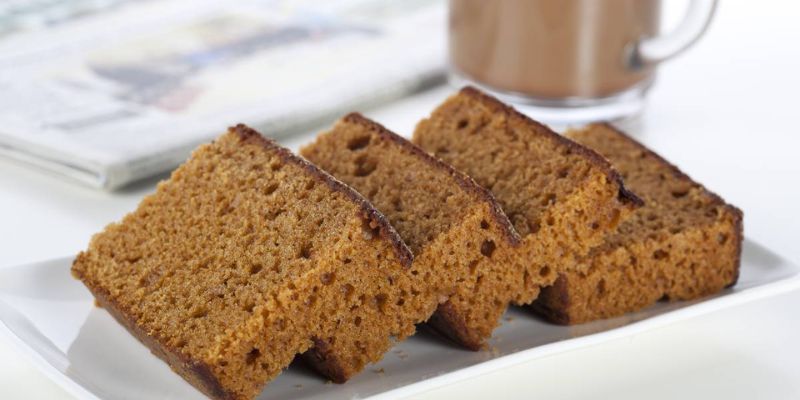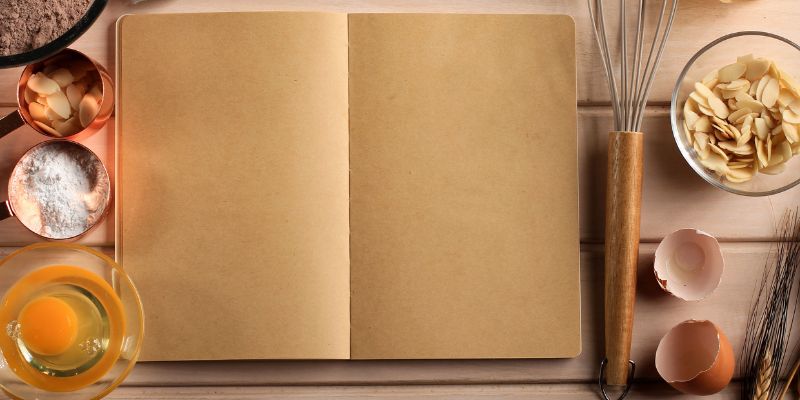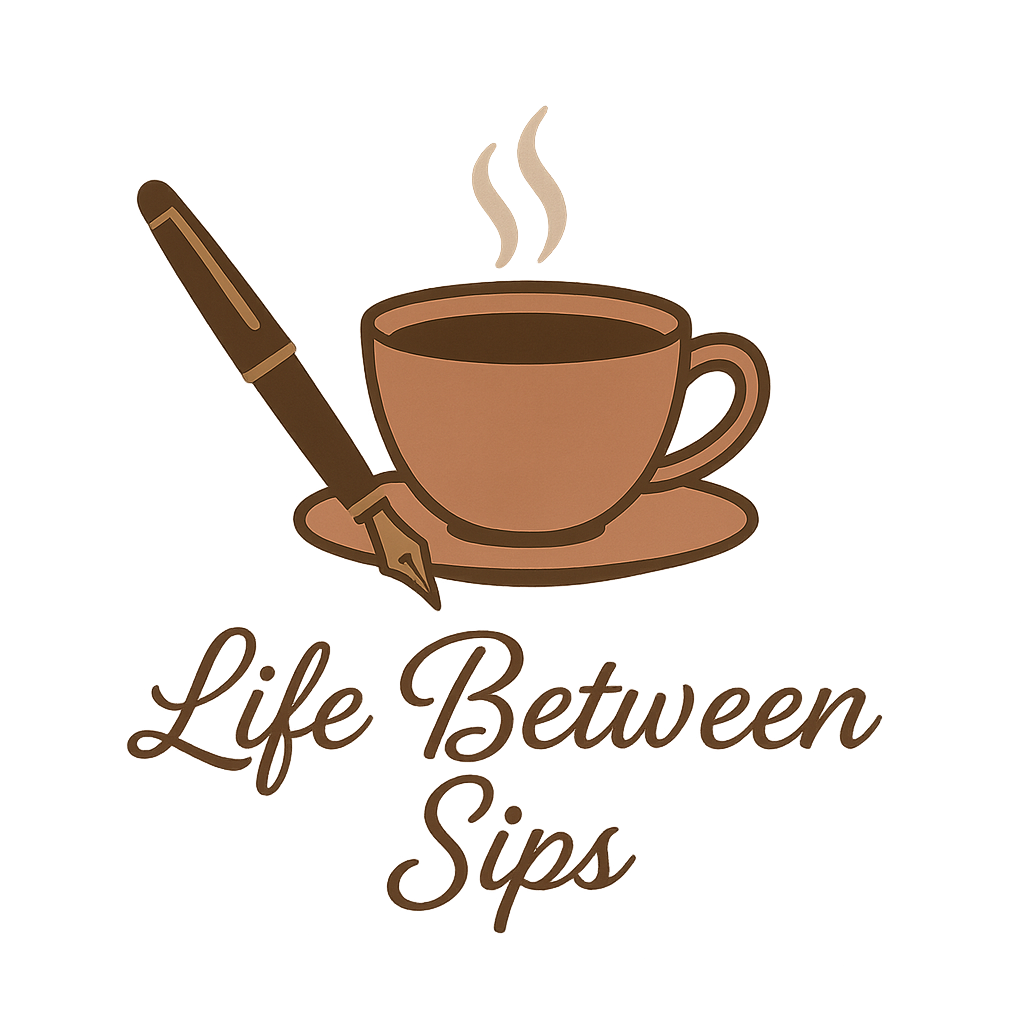
Fashion or Necessity, Did You Know This About War Cake?
Fashion or Necessity? There are always things crossing my path that spark my curiosity.
‘Who and how’? ‘When and where?’ These are basic questions that are often easily answered with a quick search on the internet.
This time I am afraid I must be satisfied with half an answer. Unless, this blog will open doors into the public memory that have not been internalized on the world wide web.
Dutch Flavours with a Canadian Twist
After almost twenty years in Canada, I have adapted my cooking and baking recipes to what is available in the local grocery stores. I guess in the daily operations of our household I will always lean to Dutch flavours and seasoning. Sometimes, I find very handy shortcuts using Canadian products. For example, it can be time-consuming to make a good mocha icing cream. I discovered that you can easily make one in five minutes from whipping cream, butterscotch Jello and instant coffee powder. Other items that I was used to buying ready-made, I now must make from scratch. Simply because they are not available in bulk.
How Food Memories Bring Us Home
Memory in smell and flavour is a real thing. It transports you back in time or to certain people. It simply can give the feeling of ‘home’. I can do without certain foods for a long period and then all of a sudden, there is the need to try and recreate a dish or baking from the past. Sometimes we find the perfect recipe.
Our oldest girl has these food memories as well; one of them is ‘ontbijtkoek’—or ‘breakfast cake,’ loosely translated. You can find a variety of ‘ontbijtkoek’ on the shelf in any supermarket of your choosing in the Netherlands. It is considered a kind of healthy snack on the side for our much-needed coffee breaks and as a school snack.
She found a perfect recipe for ontbijtkoek and, of course, shared it with me. She even made one for me while she was visiting us from Saskatchewan. The smells that filled the room while it was baking in the oven took me right back to good old-fashioned ontbijtkoek. The spice blend is very specific, with lots of cinnamon, cardamom, ginger, coriander and ground cloves. According to our noses, that’s a very homey aroma.
Rediscovering a Forgotten Treat
With the cold weather at the end of last year and our family visit fresh in my memory, my baking brain remembered the shared recipe. Our daughter even left half a cup of spice blend for me to make it an easy start. So, I did make it. I mixed all the flour and sweetness and spices together, and it all turned out to be a delicious loaf of ontbijtkoek. On Sunday evening I brought it as a small treat to our church meeting. Food is always an interesting topic over coffee.
To my surprise, the ladies commented on my Dutch baking as War Cake. They had not seen it for a long time, but it sounded like everybody’s grandmother had a recipe of War Cake in her cookbook. How interesting! Now I have so many questions. Why didn’t I hear of it in the last twenty years—Why is it called War Cake—Why is nobody making it on this side of the pond—Why is it so popular in the Netherlands and forgotten in Canada—or is it a Maritime thing? From where does the recipe originate? Do people here still like the flavour? Is it true that it is a snack in soldiers rations? Do both nations know that this recipe is the same and have forgotten?

The internet gives some answers. War Cake appears as a recipe early in the 1900’s. It was good comfort food that you could make without white sugar and butter—ingredients that were rationed or scarce at times. The combination of spices and alternative sweeteners still made it a tasty treat. You can find War Cake recipes in cookbooks all over Canada. Because it did not contain butter, it did not expire as fast. War cake was even sent overseas, and soldiers received them in the field to enjoy.
From Ancient Spice Cakes to a Dutch Staple
The history of Dutch ontbijtkoek is rooted in recipes developed during Medieval times. Before that, there are stories of the Egyptians, Greeks and Romans making similar cakes with the ingredients they had available. Since the 1500’s, spice cakes were mainly baked in monasteries as a luxury good because of the expensive spice blend.
When international trade to the West and East Indies boomed in Holland and spices became more readily available, bakers all over the country tweaked the recipe to regional taste. This showed in varying amounts of raisins, spices, or sweeteners like honey or molasses—sort of similar to all the recipe variants in the cookbooks of ladies’ societies in Canada. In 1883 a Dutch baker, Harry Peijnenburg, started to bake ontbijtkoek and marketed it professionally;. People liked it so much that an ontbijtkoek factory was build, and nowadays you can purchase a variety of ontbijtkoek loaves in every grocery store in the country.
Fashion or Necessity? So far, some answers to my questions.
Fashion or Necessity? A Question of Taste, Timing, or Marketing?
Why it is such a popular thing in the Netherlands and almost an obscure treat in Canada—I do not know. Is it the name, or does it need a good marketeer?
I ponder the thought of how a recipe or name becomes popular.
Good stuff can become obscure if nobody uses or eats it.
Or maybe it will be like fashion, and it will have a come back, and everybody on both sides of the ocean will eat War Cake—I pray in peace!

